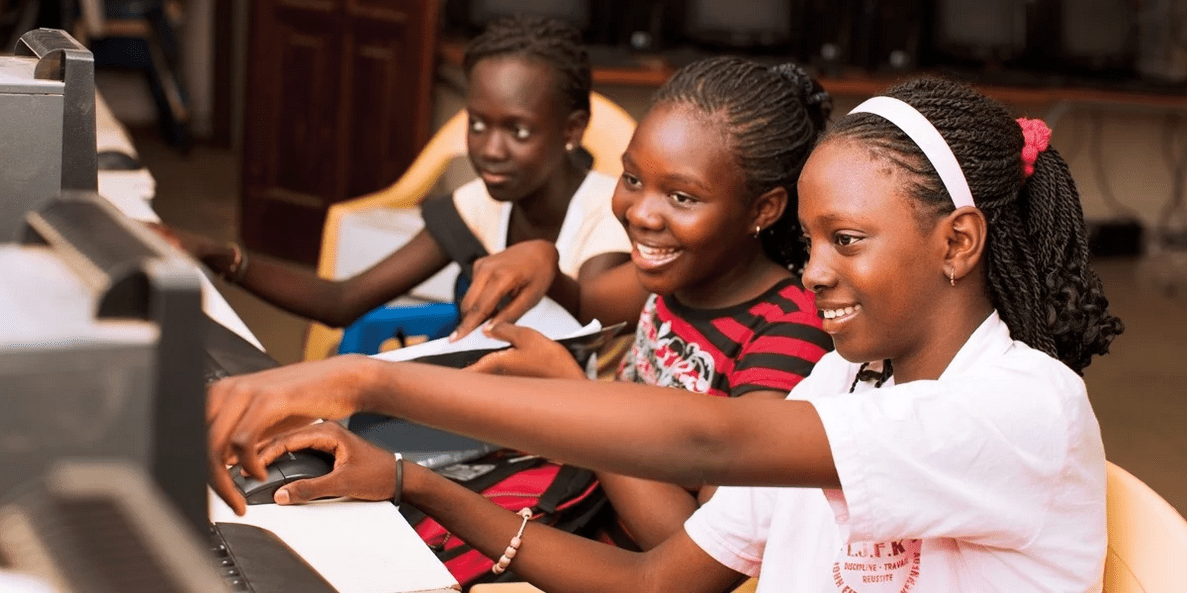Learning-adjusted years of schooling circa 2020 and GDP per capita in Sub-Saharan Africa in 2022.

Calculations using data from the World Development Indicators and the Human Capital Project
“Education is the most powerful weapon which you can use to change the world,” Nelson Mandela said. We agree, especially when that change is towards a world free of extreme poverty.
Across the globe, people with more education are less likely to be in poverty. One-fifth of people aged 15 or older without formal education live in extreme poverty, compared to just 3% of those with higher education, according to the Poverty, Prosperity and Planet Report 2024. In Sub-Saharan Africa, the proportions are higher, but the patterns are similar.
Our latest Africa Pulse Report, a biannual publication on Africa’s current economic challenges, focuses on education as a key issue shaping the region’s economic future. In this edition, titled “Transforming Education for Inclusive Growth”, we show that providing universal basic education that ensures thorough foundational learning could lead to higher productivity and double the Gross Domestic Product (GDP) per capita by 2050. For individuals, an extra year of education boosts incomes by 12.4% in sub-Saharan Africa compared to 10% globally. The gains are even higher for women who get a 14.5% boost in income.
And yet, education is in crisis in Sub-Saharan Africa: 7 out of 10 children do not get pre-primary education, and almost 9 in 10 children in Sub-Saharan Africa are unable to read and comprehend a simple text by age 10, compared to an average of 7 in 10 in other low- and middle-income countries. About one-third of children drop out of primary school due to economic pressures, early marriage, and poor school facilities. Nearly 60% of the poorest adolescents are out of school.
Today, schools still often lack essential resources like textbooks, teaching materials, and technology, or do not use them effectively. Despite recent increases in education spending, current spending levels are not enough to meet national and global education goals: in 2021, 29 low-income countries (most of them in Africa) spent an average of only $54 per student, whereas high-income countries spent around $8,500 per student. By age 18, a girl growing up today in Sub-Saharan Africa will have attended school for 8 years, compared to 13 years in a high-income country. Over that time, the government in Sub-Saharan Africa will have spent about $1,900 on educating her, and almost all that money will be spent on salaries. In contrast, a government in a high-income country will have spent about $117,000, or 60 times as much, with a significant proportion spent on learning resources to support teachers and learners in addition to paying teachers.
This learning crisis explains the region’s human capital index – the productivity that a child born today will achieve at age 18 after receiving a full complement of education, nutrition, and health – which at 40% is among the lowest in the world.
Looking ahead, with working-age population expected to double by 2050, the region has a unique window of opportunity to transform education outcomes, boost the skills of the workforce, add 11-15% to GDP by 2030, and lift 40 to 60 million people out of poverty. Providing technical, vocational and tertiary level skills for youth to adopt new technologies and infuse them into the regional economy is equally urgent.
So, what should be done?
In our latest Africa’s Pulse Report, we recommend focusing efforts and investments on transforming Sub-Saharan Africa’s education systems around three key areas:
- Investing in foundational learning, starting with universalizing early childhood education, and proficiency in literacy and numeracy, and keeping vulnerable populations – in particular adolescent girls – in school.
- Ensuring that skills development programs offer a wide variety of programs, are relevant and meet local economic needs.
- Supporting the transition of youth from education to gainful employment.
This requires governments and development partners to spend more, but even more urgently to spend more efficiently. The window of opportunity to turn Africa’s growing working-age population into a powerful economic asset will not be open forever. Now is the time to invest smartly and get to work.
Source:https://blogs.worldbank.org


